by Kenneth Florey
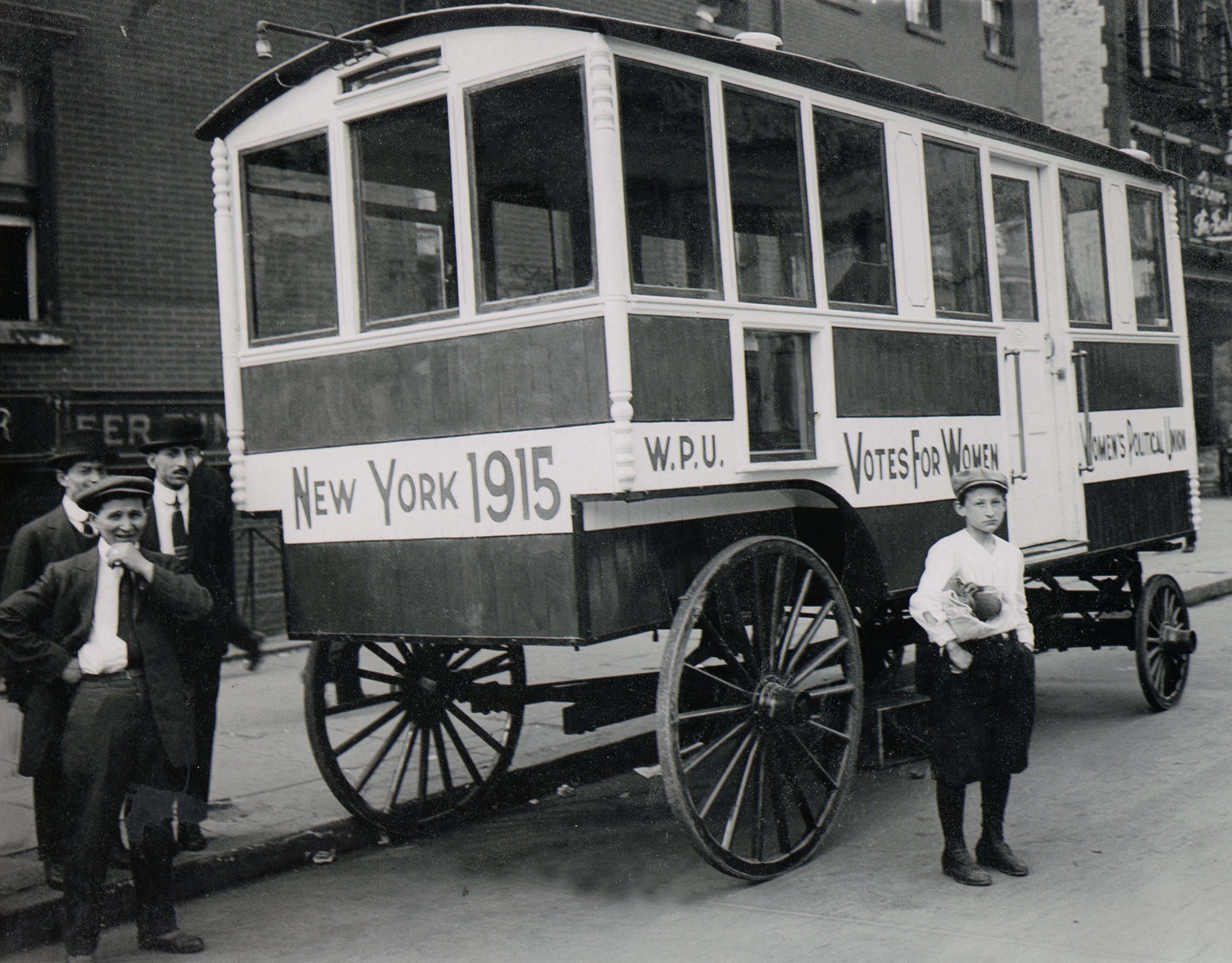 The Women’s Political Union was organized in 1910 by Harriot Stanton Blatch, daughter of Elizabeth Cady Stanton. It evolved out of her earlier Equality League of Self-Supporting Women, created in 1907 to provide working women with a voice in their own lives. The Union eventually became incorporated within Alice Paul’s Congressional Union in 1915, later renamed the National Woman’s Party.
The Women’s Political Union was organized in 1910 by Harriot Stanton Blatch, daughter of Elizabeth Cady Stanton. It evolved out of her earlier Equality League of Self-Supporting Women, created in 1907 to provide working women with a voice in their own lives. The Union eventually became incorporated within Alice Paul’s Congressional Union in 1915, later renamed the National Woman’s Party.
In creating the WPU, Blatch was strongly influenced by the organization’s English namesake, Emmeline Pankhurst’s Women’s Social and Political Union. To a degree, she emulated Pankhurst’s more assertive tactics, relying on marches, demonstrations, colorful buttons and sashes, and other forms of visual rhetoric to achieve the aims of the movement.
Most other suffrage organizations in America at that time were more conservative in their methods, some leaders even fearing that it was out of place for women to engage in public demonstrations until Blatch and Paul began to achieve success. Blatch borrowed not only the name of her Union from Pankhurst’s, but also copied its official colors of purple green and white, which created far more visual impact than the subdued yellow of the National Woman Suffrage Association. One of her buttons records Pankhurst’s famous slogan, “Deeds Not Words.”
Blatch very early on saw, as did the leadership of the WSPU, that merchandising the movement could contribute significantly in advancing its aims, In July of 1910, the Equality League, prior to its transformation into the Union later that year, erected a suffrage newsstand in front of its headquarters at 43 East Twenty-Second Street in New York City, where members sold suffrage ribbons, buttons, and post cards, as well as suffrage tracts. In addition to serving as a source of income, the newsstand gave a strong visual presence of suffrage to passersby, serving as a clever form of advertising for both the Union and the movement, even for those who had no interest in purchasing anything.
Later in 1913, the WPU experimented with another form of suffrage shop located outside of its headquarters, and rented a downtown storefront in New York City, where a daily program of suffrage speeches and events took place. Most other suffrage organizations such as NAWSA either had or were eventually to establish their own suffrage shops, but these generally were maintained inside of headquarters; the WPU shop, on the other hand, was a separate entity, allowing for all sorts of display possibilities in its windows to attract the public. . .
COMING SOON: Part II of Ken’s article on suffrage wagons, plus new video from his postcard collection featuring horse-drawn suffrage wagons. Check out Ken’s web site. His book on suffrage memorabilia is due for publication in 2013. Image above: Library of Congress.
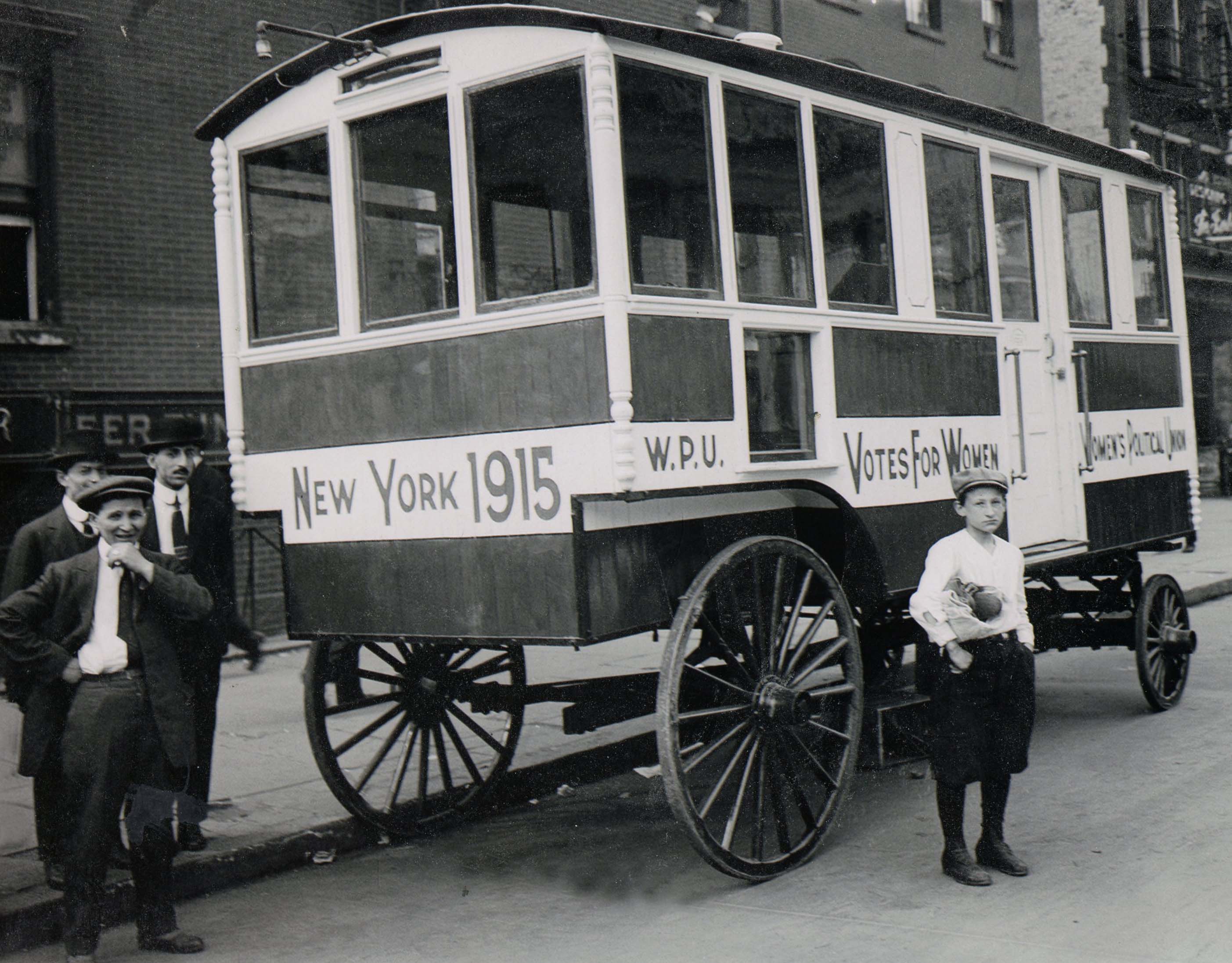
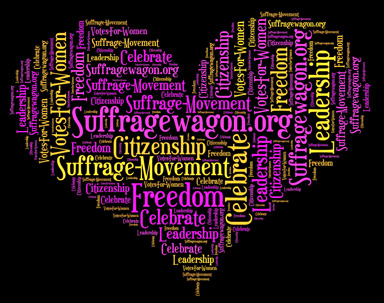
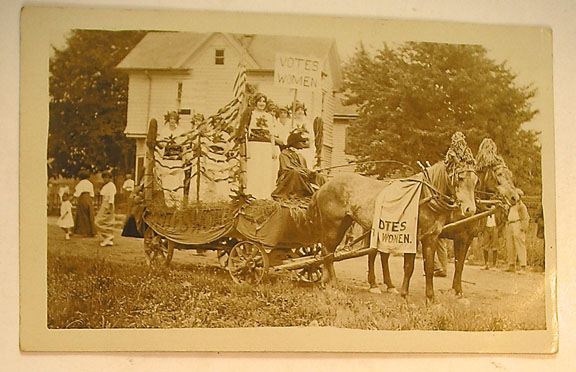
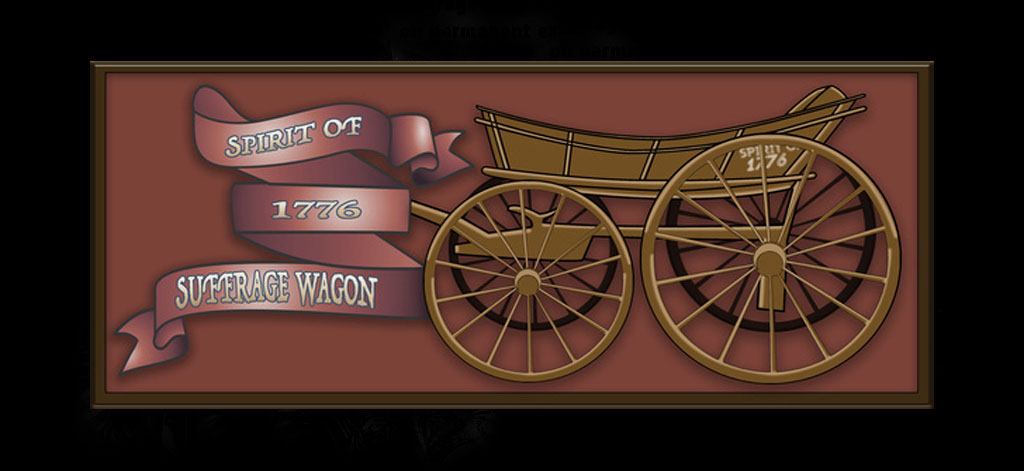
0 Comments